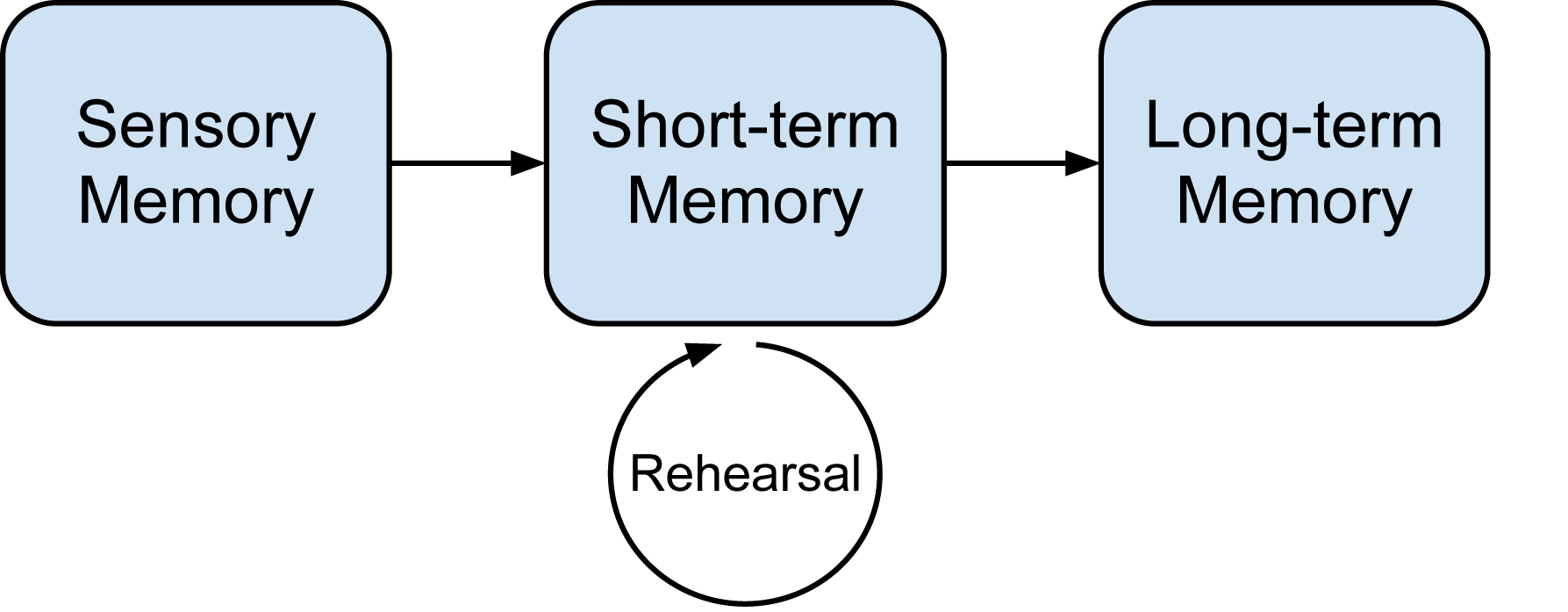| << Chapter < Page | Chapter >> Page > |
Information-processing theory is a psychological theory about how we process and learn information. Clearly, this is a topic that is atthe core of the everyday work of a classroom teacher, so let's spend some time exploring this theory and how it applies in the classroom.
The phrase human cognitive architecture is just a fancy academic way of referring to the areas of the human brain involved inthinking. Don't be dazzled by this term—it means little more than what I've just told you.
But now we're going to explore the details of human cognitive architecture and show why this is such an important topic forclassroom teachers to understand.
Before we discuss cognitive architecture we should first say that it used to be the case that few scholars wished to speculate about howthe mind thinks. Researchers known as “behaviorists” preferred to talk only about observable aspects of learning—in other words, what was put into the system (e.g., teachers' questions) andwhat came out of it (e.g., students' responses). In fact, there was fierce resistance among these folks to use terms such as “think”because there could be no direct observation of thinking; therefore, any claim about thinking must necessarily be restricted to conjectureand was thus off-limits. A few of these folks are still around today, but most of them have been converted to a new way of— dare I say it? —thinking.
Long ago and far away, in the late 1960s and throughout the 1970s, researchers became increasingly dissatisfied with the behavioristexplanations of learning and began to work on some new models explaining how people learn. Most famously, Richard Atkinson andRichard Shiffrin (1968) proposed a cognitive model describing how the mind processes information. This model remainspopular even today, so we will take a close look at it now.
Although somewhat oversimplified when compared to more recent work in this field, Atkinson and Shiffrin's model has become known simply as“the information-processing model.” The basic notion of this model is that it tracks the flow of information as new knowledge moves fromthe entry point toward permanent storage within the information-processing system. The model proposes three storagecompartments (see [link] ), known as “stores,” which hold information at various points duringprocessing.

The first store is known as sensory memory. This is the entry point for all information coming into the system. Specifically,the kinds of information that sensory memory processes are signals from the five senses: sight, hearing, taste, smell, and touch.Because these senses are always up and running, they are continuously delivering new data to the sensory memory (even during sleep). Take amoment to close your eyes and notice the information from your other four senses that you were unaware of when you began reading thisparagraph (e.g., whether your chair is cushioned or hard, whether your neck feels warm or cool, etc.).

Notification Switch
Would you like to follow the 'Oneonta epsy 275' conversation and receive update notifications?